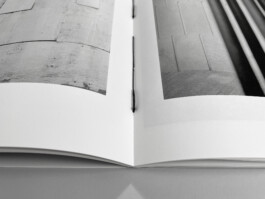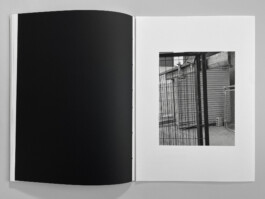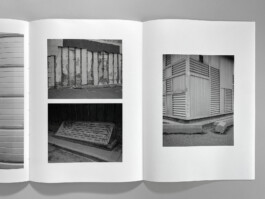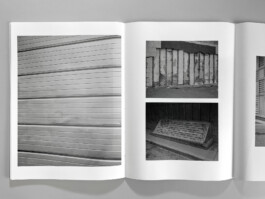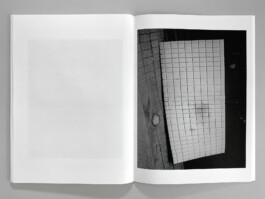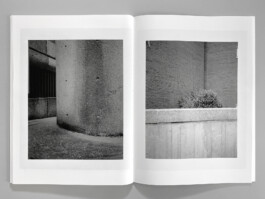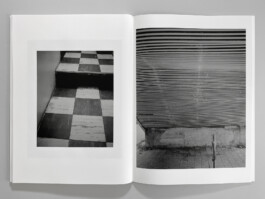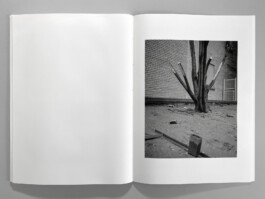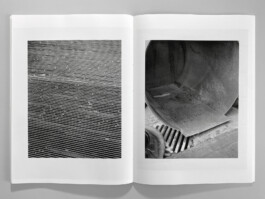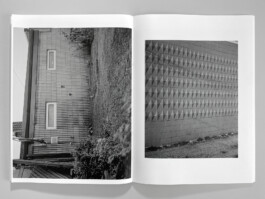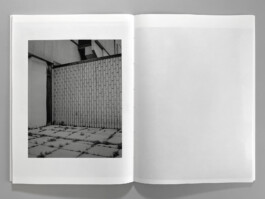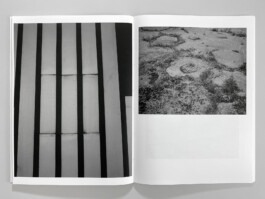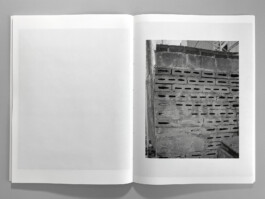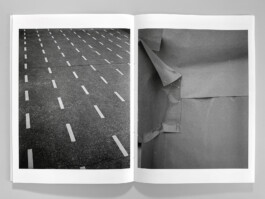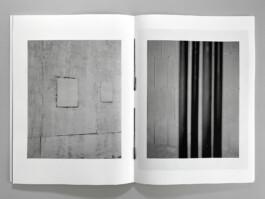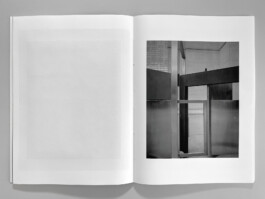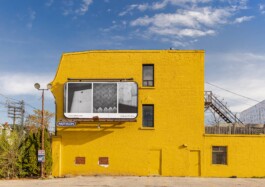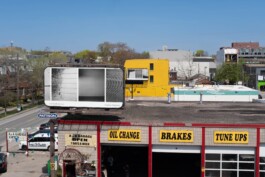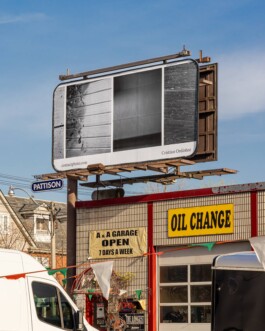COLECCION DEL METALIBRO, 2018
Text by Mónica Salinero
When looking once and again Cristian Ordóñez's pictures, a nostalgia-loaded uneasiness is felt, like if the dualism used to understand the world — that puts us in the opposite side of animals — was an endless fiction. Through a disturbing cinematographic atmosphere — like if we were told about something that we have in abundance while lacking of it at the same time — the fragile condition of the human nature is exposed. The images containing some human corporeity are the ones more decisively confronting us with our human being, the one that until today we cannot live without.
The photographic recording, like any other recording, is a proof on itself of our existence as human beings, as technology-creator beings. In this sense, the recordings, consequence of our creation, can be considered collections of the great spread archive of the humanity. The images in this edition of Metalibro, in particular, give account of the human presence and life's footprint in nature, the strokes we draw in the material world and, along with that, the trace of some kind of past and present of what the great spread archive of the humanity is a permanent reminder.
This series, understood in the way of portraits, give account of people, of their faces, of their bodies and actions. Indeed, it is not necessary to be looked at the face by a portrait. Every time we manage to understand portraits on its wide sense, we understand they represent a subject and its existence. And being these portraits of individual subjects and the footprints of the collective placed or evoking a natural environment, they tighten the binary illusion animal/human nature. Thus these pictures come up as portraits of humanity, as the trace of their being, of their path through the world, expressing their historic character and its meaning as a collective being.
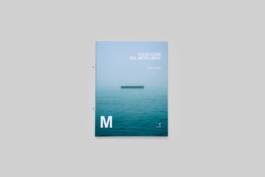
Al mirar una y otra vez las fotografías de Cristian Ordoñez se siente una inquietud cargada de nostalgia, como si ese dualismo con el que solemos entender el mundo, y que nos coloca en el lado contrario de lo animal, fuese una ficción sin término. A través de una atmósfera cinematográfica perturbadora -como si nos hablaran de algo que nos sobra y falta al mismo tiempo- se expone la fragilidad de la naturaleza humana. Siendo las imágenes que contienen alguna corporalidad humana la que nos confrontan de forma más decidida con nuestro ser natural, del que hasta hoy es imposible prescindir.
El registro fotográfico, como cualquier otro registro, es en sí mismo una prueba de nuestra existencia como seres humanos, seres creadores de tecnologías. En este sentido los registros, consecuencia de nuestra creación, pueden ser considerados las colecciones del gran archivo disperso de la humanidad, y las imágenes de esta edición del Metalibro, particularmente, documentan las huellas en la naturaleza de la presencia y devenir humano, el trazo que dibujamos en el mundo material y, con ello, el rastro de algún tipo de pasado y presente, de lo que el gran archivo disperso de la humanidad es un recordatorio constante.
Esta serie entendida a modo de retratos, da cuenta de personas, de sus rostros, de sus cuerpos y de acciones; en efecto, no es necesario que un retrato nos mire cara a cara. Toda vez que logramos comprender de forma amplia el retrato, entendemos que representa a un sujeto y su ser. Y al estar estos retratos de sujetos individuales y de las huellas del ser colectivo situados o evocando un entorno natural, tensionan la ilusión binaria animalidad/humanidad. Así, estas fotografías aparecen como retratos de la humanidad, del rastro de su quehacer, de su paso por el mundo, manifestando su historicidad y su sentido de ser colectivo.





